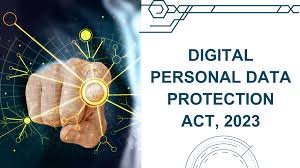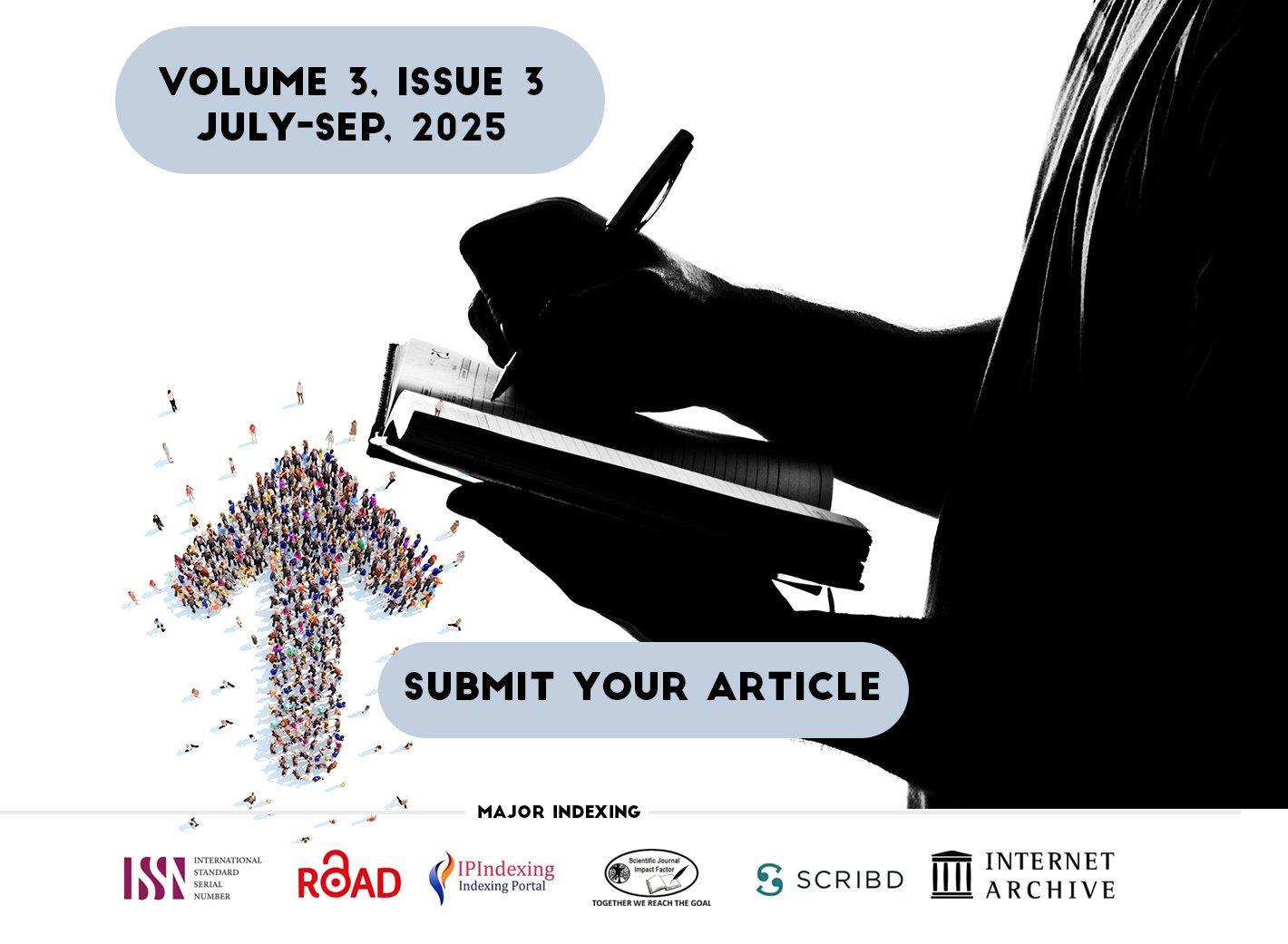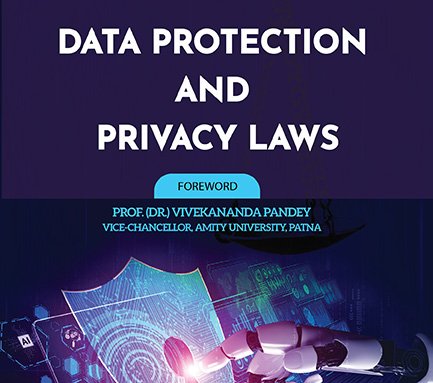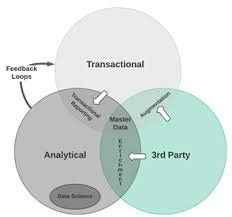THE INFORMATION TECHNOLOGY ACT, 2000 :
The Information Technology Act, 2000 provides legal recognition for transactions carried out by means of electronic data interchange and other means of electronic communication, commonly referred to as “electronic commerce”, which involve the use of alternatives to paper- based methods of communication and storage of information, to facilitate electronic filing of documents with the Government agencies and further to amend The Indian Penal Code, The Indian Evidence Act, 1872, The Banker’s Books Evidence Act, 1891 and The Reserve Bank of India Act, 1934 and for matters connected therewith or incidental thereto. The Information Technology Act, 2000 extend to the whole of India and it applies also to any offence or contravention there under committed outside India by any person.
Salient Features of The Information Technology Act, 2000 :
The salient features of The IT Act, 2000 are as follows”
• Digital signature has been replaced with electronic signature to make it a more technology neutral act.
• It elaborates on offenses, penalties, and breaches.
• It outlines the Justice Dispensation Systems for cyber-crimes.
• The Information Technology Act defines in a new section that cyber café is any facility from where the access to the internet is offered by any person in the ordinary course of business to the members of the public.
• It provides for the constitution of the Cyber Regulations Advisory Committee.
• The Information Technology Act is based on The Indian Penal
Code, 1860, The Indian Evidence Act, 1872, The Bankers’ Books Evidence Act, 1891, The Reserve Bank of India Act, 1934, etc.
• It adds a provision to Section 81, which states that the provisions of the Act shall have overriding effect. The provision states that nothing contained in the Act shall restrict any person from exercising any right conferred under the Copyright Act, 1957.
Applications of The Information Technology Act, 2000 :
Nothing in The Information Technology Act, 2000 shall apply
to documents or transactions specified in the First Schedule: Provided
that the Central Government may, by notification in the Official
Gazette, amend the First Schedule by way of addition or deletion
of entries thereto. Every notification issued shall be laid before each
House of Parliament. Following are the documents or transactions
to which the Act shall not apply “
Negotiable Instrument (Other than a cheque) as defined in
The Negotiable Instruments Act, 188125;
• A power-of-attorney as defined in The Powers of Attorney Act, 1882; ª% A trust as defined in The Indian Trusts Act, 1882;
• A will as defined in The Indian Succession Act, 1925 including any other testamentary disposition;
• Any contract for the sale or conveyance of immovable property or any interest in such property;
• Any such class of documents or transactions as maybe notified by the Central Government.
• Amendments Brought in The Information Technology Act, 2000
The Information Technology Act, 2000 has brought
amendment in four statutes vide section 91-94. These changes have
been provided in schedule 1-4.
• The first schedule contains the amendments in the Penal Code. It has widened the scope of the term “document” to bring within its ambit electronic documents.
• The second schedule deals with amendments to the India Evidence Act. It pertains to the inclusion of electronic document in the definition of evidence.
• The third schedule amends the Banker’s Books Evidence Act. This amendment brings about change in the definition of “Banker’s-book”. It includes printouts of data stored in a floppy, disc, tape or any other form of electromagnetic data storage device. Similar change has been brought about in the expression “Certified-copy” to include such printouts within its purview.
• The fourth schedule amends the Reserve Bank of India Act. It pertains to the regulation of fund transfer through electronic means between the banks or between the banks and other financial institution.
A major amendment was made in 2008. Amendment introduced the Section 66A which penalized sending of “offensive messages”. It also introduced the Section 69, which gave authorities the power of “interception or monitoring or decryption of any
information through any computer resource”. It also introduced penalties for child porn, cyber terrorism and voyeurism. Amendment was passed on 22 December 2008 without any debate in Lok Sabha. The next day it was passed by the Rajya Sabha. It was signed by the then President (Pratibha Patil) on 5 February 2009.
Objectives of the Amendments in The Information Technology
Act, 2000 :
With proliferation of information technology enabled services such as e-governance, e-commerce and e- transactions, protection of personal data and information and implementation of security practices and procedures relating to these applications of electronic communications have assumed greater importance and they require
harmonization with the provisions of the Information Technology Act. Further, protection of Critical Information Infrastructure is pivotal to national security, economy, public health and safety, so it has become necessary to declare such infrastructure as a protected system so as to restrict its access.
A rapid increase in the use of computer and internet has given rise to new forms of crimes like publishing sexually explicit materials in electronic form, video voyeurism and breach of confidentiality and leakage of data by intermediary, e-commerce frauds like personating commonly known as Phishing, identity theft and offensive messages through communication services. So, penal provisions are required to be included in the Information Technology Act, the Indian Penal Code, the Indian Evidence Act and the Code of Criminal Procedure to prevent such crimes.
The United Nations Commission on International Trade
Law (UNCITRAL) in the year 2001 adopted the Model Law on
Electronic Signatures. 26 The General Assembly of the United Nations by its resolution No. 56/80, dated 12th December, 2001, recommended that all States accord favorable consideration to the said Model Law on Electronic Signatures. Since the digital signatures are linked to a specific technology under the existing provisions of the Information Technology Act, it has become necessary to provide for alternate technology of electronic signatures for bringing harmonization with the said Model Law.
The service providers may be authorized by the Central Government or the State Government to set up, maintain and upgrade the computerized facilities and also collect, retain appropriate service charges for providing such services at such scale as may be specified by the Central Government or the State Government.
Offences under The Information Technology Act, 2000 :
The Information Technology Act, 2000 has specified that Tampering with computer source documents, Hacking computer system, Publishing of information which is obscene in electronic form or failure of a CA or its employees to follow the directions/
Orders of the CCA, failure to comply with Directions of Controller to a subscriber to extend facilities to decrypt information, accessing a protected system without proper authorization, material misrepresentation, Penalty for publishing Electronic Signature
Certificate false particulars, Publication for fraudulent purpose, sending of grossly offensive information, false information, etc will be offences.






